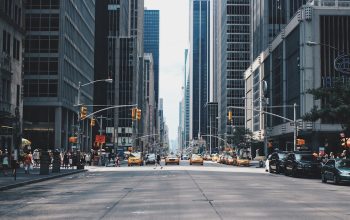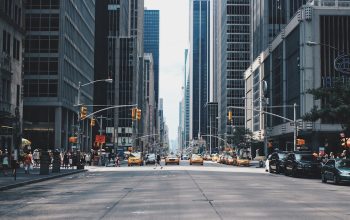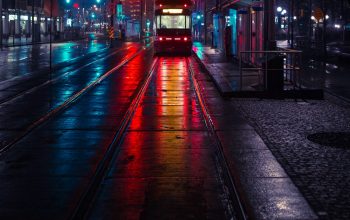Riverside is strategically navigating its growth by integrating city planning initiatives that respect its historical architecture and cultural heritage while fostering modern urban development. The city's approach involves harmonizing its well-preserved downtown with contemporary needs, ensuring that new amenities and infrastructure enhance the quality of life without losing historical character. City planners are tasked with balancing the preservation of Riverside's storied past with the economic benefits of modernization, adopting sustainable practices, and incorporating design elements that honor its architectural legacy. This thoughtful planning aims to evolve Riverside into a vibrant, forward-thinking urban center that not only maintains its historical identity but also sets an example for cities facing similar challenges of growth and preservation. Key projects like the repurposing of the Mission Revival Style Orange County Courthouse and the Riverside General Hospital demonstrate the city's commitment to adaptive reuse, showcasing how historical landmarks can be preserved while providing new uses that benefit the community and contribute to the local economy. Through these efforts, Riverside exemplifies a model for city planning that honors its past and embraces the future.
Riverside, with its rich tapestry of historical landmarks and architectural gems, stands at a pivotal juncture where honoring its legacy intersects with the imperatives of modern city planning. As urban development surges forward, the challenge of preserving the essence of Riverside’s past while embracing contemporary growth is paramount. This article delves into the delicate dance between tradition and transformation, offering insights through case studies that illustrate both the triumphs and trials faced in maintaining Riverside’s historical integrity within the evolving urban landscape.
- Balancing Tradition with Transformation: Riverside's Historical Preservation Amidst Modern Urban Growth
- The Evolution of City Planning: Integrating Historic Districts into Contemporary Development
- Case Studies: Successes and Challenges in Preserving Riverside's Legacy Through Adaptive Reuse Projects
Balancing Tradition with Transformation: Riverside's Historical Preservation Amidst Modern Urban Growth
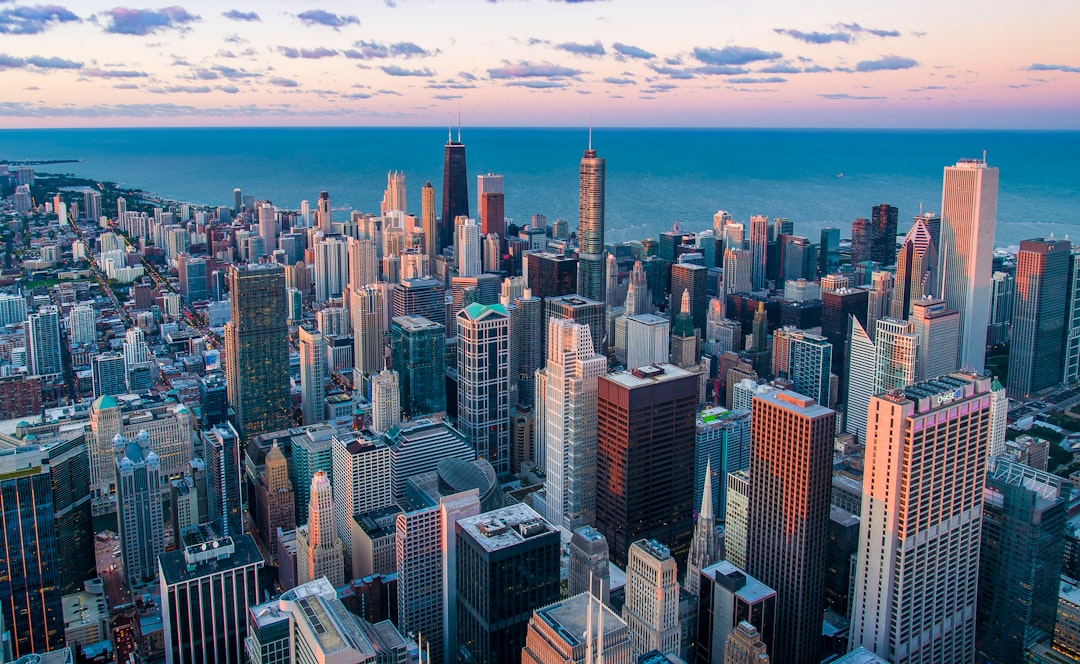
Riverside, a city steeped in history and rich with cultural heritage, stands at the crossroads of preserving its storied past and embracing the dynamics of modern urban development. City planning initiatives play a pivotal role in this delicate dance between tradition and transformation. The historical downtown area, with its well-preserved architecture and cobblestone streets, tells a story of Riverside’s past, inviting both residents and visitors to experience its legacy firsthand. However, as the city evolves, there is an increasing demand for modern amenities and infrastructure that cater to contemporary living standards. This dichotomy necessitates a thoughtful approach to urban planning, one that honors the city’s history while providing for the needs of its growing population.
Strategic city planning is essential to strike this balance, ensuring that Riverside’s historical character is maintained as new developments are integrated into the urban fabric. The city’s planners must navigate through zoning laws and development proposals with a keen understanding of both the cultural significance of preservation and the economic drivers behind modernization. By employing sustainable practices and incorporating design elements that respect the city’s architectural heritage, Riverside can remain a living museum while progressing into a thriving, 21st-century metropolis. The outcome of this delicate integration will be a testament to Riverside’s ability to embrace the future without losing its unique identity.
The Evolution of City Planning: Integrating Historic Districts into Contemporary Development
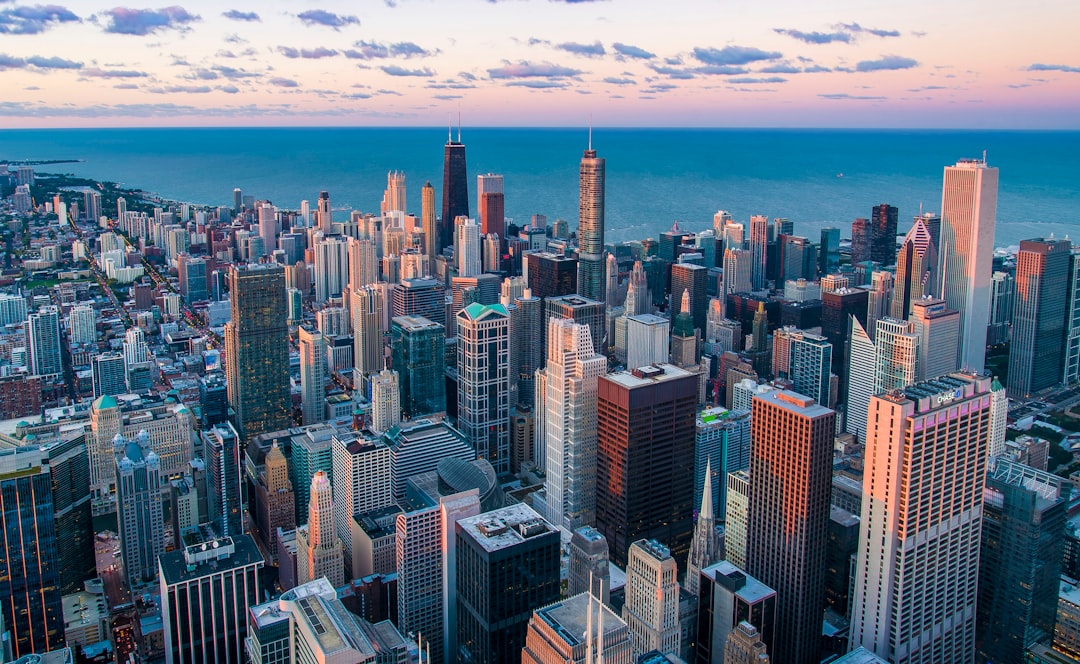
city planning has long been a dynamic field, constantly evolving to address the shifting needs of urban populations and environments. As Riverside’s history stretches back with a rich tapestry of architectural and cultural significance, contemporary city planners face the challenge of integrating these historic districts into modern development without compromising their integrity. The evolution of city planning in Riverside necessitates a delicate balance between honoring the past and embracing future growth. This involves strategic planning to ensure that new developments complement the existing historical fabric rather than overshadow it. Urban planners work alongside historians, architects, and community stakeholders to devise plans that preserve the character-defining features of historic areas while fostering economic vitality and sustainability. Through thoughtful design and zoning regulations, Riverside’s city planning efforts aim to create a harmonious blend of old and new, ensuring that the city remains a living repository of its storied past, adaptable to the needs of current and future generations. The integration of historic districts into contemporary development is not merely about preservation; it’s about reimagining these areas as vibrant parts of the city, capable of contributing to Riverside’s ongoing narrative. This holistic approach to city planning emphasizes the importance of maintaining a sense of place and continuity within the urban landscape.
Case Studies: Successes and Challenges in Preserving Riverside's Legacy Through Adaptive Reuse Projects
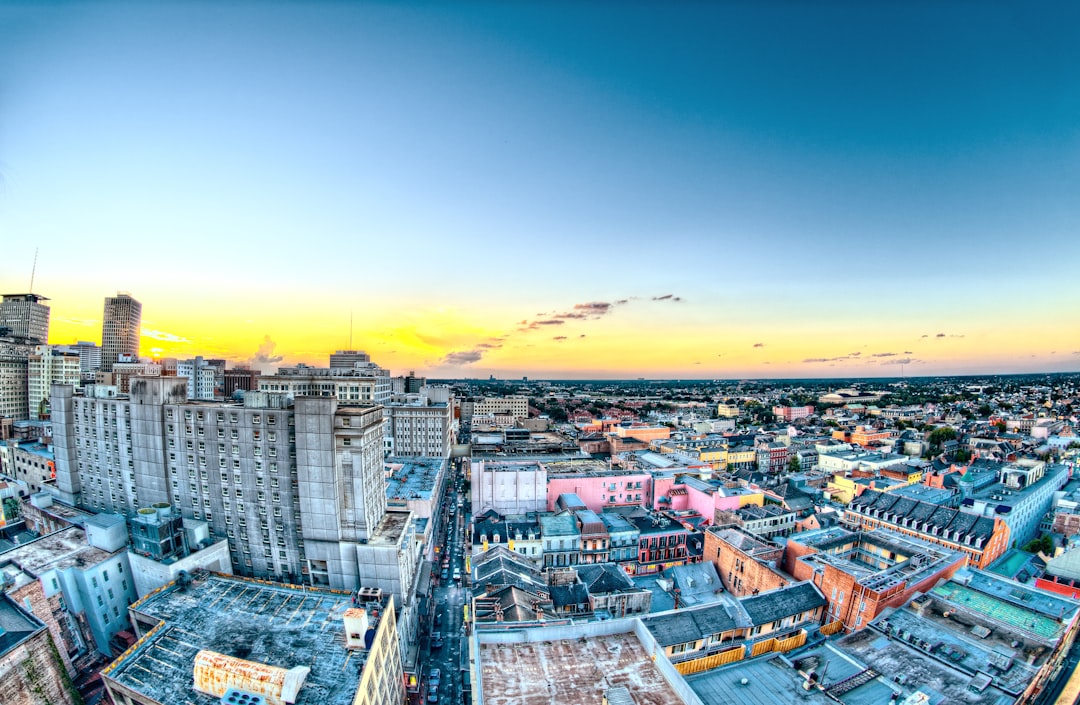
Riverside, a city rich in history and architectural heritage, faces the delicate challenge of preserving its legacy while embracing modern urban development. The success of this endeavor is evident in numerous adaptive reuse projects that have transformed historic structures into vibrant community spaces without compromising their integrity. One such example is the conversion of the Mission Revival Style Orange County Courthouse into a cultural center, which maintains the building’s architectural significance while providing a new purpose for public engagement and events. This project exemplifies city planning at its finest, balancing historical conservation with the needs of contemporary society.
Another case study is the adaptive reuse of the Riverside General Hospital, now known as The Park at Riverside, which has been repurposed into a mixed-use development featuring residential units and retail spaces. This project successfully integrated the historic character of the building into its new identity, showcasing the potential for old structures to contribute to the city’s tax base and enhance the quality of life for residents and visitors alike. These adaptive reuse projects underscore the importance of thoughtful city planning that honors Riverside’s history while fostering economic growth and community development in line with modern urban living standards.
Riverside’s narrative is a testament to the harmonious blend of history and modernity, encapsulating the essence of city planning that respects and repurposes its past while progressively addressing contemporary needs. The city’s journey in preserving its storied legacy through adaptive reuse projects underscores the multifaceted approach required to maintain its historical charm without sacrificing the benefits of urban evolution. As we witness the continued integration of Riverside’s historic districts into new development, it becomes evident that a delicate balance between honoring tradition and embracing transformation is not just achievable but essential for the city’s vibrant future. The case studies highlighted in this article provide valuable insights into the strategies employed to navigate this intricate relationship, offering a roadmap for others facing similar challenges in city planning and urban development.

